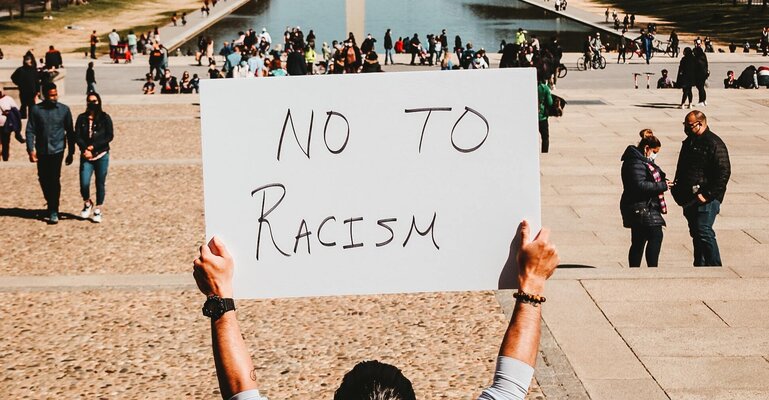I belong to many Jewish communities, so it is hard to generalize about the positive changes I have seen in racial representation over this past year. Nevertheless, I see progress that has been made.
When I was first approached last summer about joining a multi-racial, multi-religious group of staff, students, professors, and lay leaders around learning about and addressing matters of racial justice together, I imagined, to be very honest, that it would be a waste of time. Too often many organizations, Jewish or not, come across as reactionary and “corporate” in how they address these concerns - quickly hiring a consultant to help them make their institutions more “equitable,” without also creating the infrastructure to bring in more People of Color and nurture a community culture where people can foster deep, meaningful relationships across difference.
To my surprise, the racial justice learning and action group turned out better than I anticipated because it was clear that building points of deep, personal connection was at the heart of the work. For example, our early meetings did not revolve around what immediate action we should take, a common impulse to find tachlas solutions to problems. Rather, we spent quite a bit of time talking about ourselves and our backgrounds. We shared stories of less-than-ideal experiences that several of us had around race in our shared community and how those experiences impacted the way we went about our days.
Additionally, each person in the many groups was encouraged to have a one-to-one meeting with at least one other person whom they did not know. Through this simple set up of having a conversation where you share your background, your experiences, and what motivates you to be in this learning and action community, I felt myself more connected with individuals in my community beyond those who were on the clergy track.
Don’t get me wrong, I think that we still have plenty of room to grow in terms of expanding racial representation and equity within the community. Nevertheless, I was moved by the ways in which people who participated in those groups have begun to know each other in a more holistic way.
What is equally satisfying is that I’ve watched a significant number of leaders who have been open to thinking collaboratively about how to address matters of racial representation, including committing funds to the inaugural United Synagogue Youth Jews of Color Cohort, or considering how to make learning Hebrew more accessible for Jews of Color who might imagine becoming rabbis.
Another example - near and dear to my heart - is an initiative around the establishment of a new arts and culture fellowship that will support and incubate the work of Jewish artists of Color, as well as Sephardi and Mizrahi-identified artists. These commitments do not necessarily translate into quick racial representation, but I do think that they will create a substantial foundation for sustainable change moving into the future.

Get To Know The Author
WGF/DS Kendell Pinkney (Class 31) is Brooklyn-based Jewish educator, theatre writer, and rabbinical student at the Jewish Theological Seminary.

